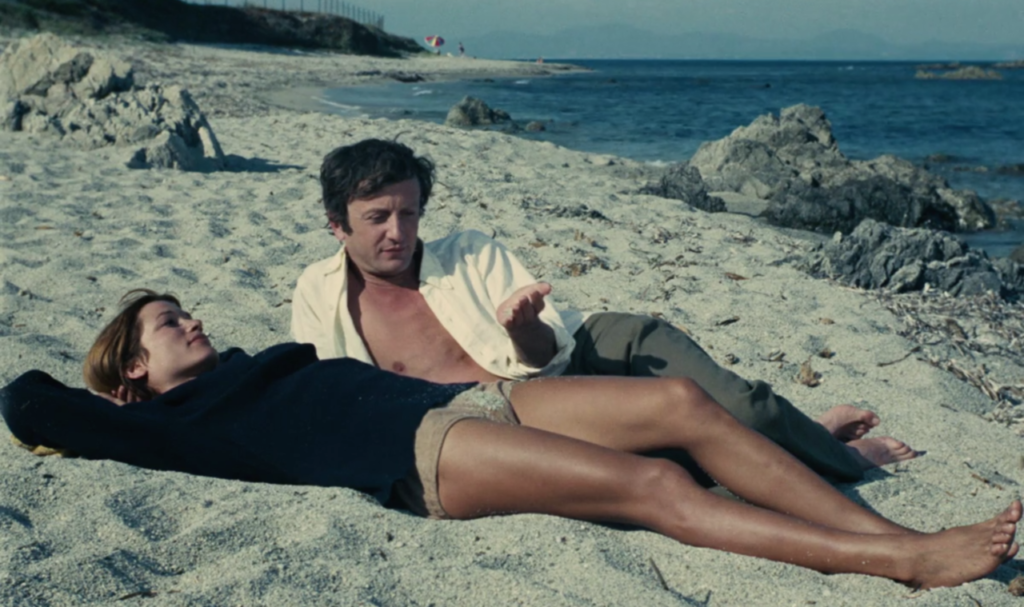
Memory and its experience is the central subject of Alain Resnais’ film Je t’Aime, Je t’Aime (1968). Je t’Aime, Je t’Aime is a much bolder approach to the philosophical writings of Henri Bergson than Resnais had ever offered before. The film is also significant in that its filmic style, particularly in its montage, is the beginning of Resnais’ move away from formal classicism.
Je t’Aime, Je t’Aime is explicitly indebted to Chris Marker’s film La Jetee (1962). Resnais was intrigued by Marker’s concept of memory as a psychologically motivated experience, and sought to explore the theme by implementing modes of melodrama in flashbacks. By doing this, Resnais imbues his film with an emotive power that Marker deemed a second priority in his own film.
Like La Jetee, Je t’Aime, Je t’Aime tells the story of a man who allows himself to be subjected to a time travel experiment, but gets lost in the own recourse of his memory, caught in a maze of psychological associations. Resnais’ protagonist Claude (Claude Rich) undergoes a far more specific kind of association than the hero of Marker’s film. Resnais arranges Claude’s journey through his memory via the associations of cause and effect. For instance, because Claude and his lover spent an afternoon at the beach, Resnais shows them next warming by the fire later that night. This simple alignment not only allows the audience to approach Claude’s flashbacks objectively, but also manages to function as a dissection formal montage.
By focusing on the cause and effect of Claude’s life in flashbacks Resnais negates the necessity for rising and falling actions. This focuses the scenes so as to present Claude’s life in emotional extremes without any transition or context clues. The audience is then forced to deal with aligning the flashbacks linearly on their own as well as navigating the emotional terrain of melodrama.
As audience members we must align events to make some sort of narrative sense, but at the same time asses the validity of Claude’s decisions and his interactions without traditional character development or context. This effect in Je t’Aime, Je t’Aime could be equated to cutting all of the shots and scenes without dialogue in Ozu’s The Equinox Flower (1958). Ozu’s film would appear non-sensical, and the audience would be forced to invent half of the cinematic experience for themselves.
Interestingly, Alain Resnais and Alain Robbe-Grillet had parted ways as collaborators five years before Je t’Aime Je t’Aime went into production. The fact that the film adheres to Robbe-Grillet’s literary theories indicates the degree to which the two men had fused their ideas and their aesthetic approach.
